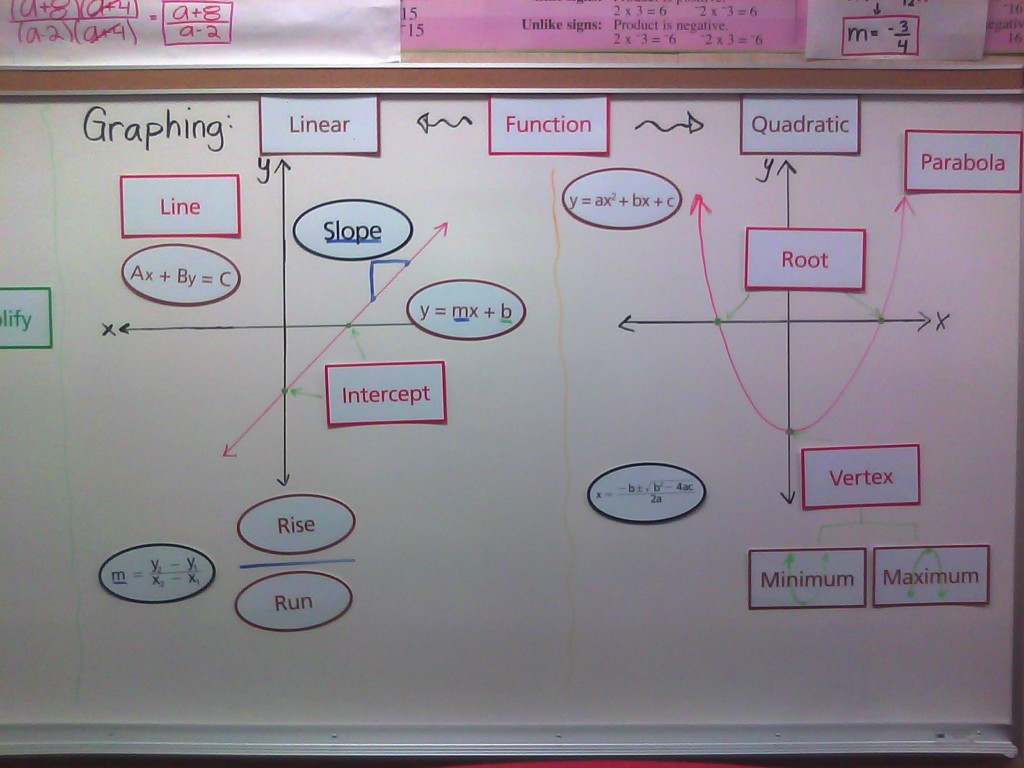The Universal Design for Learning (UDL) Guidelines Encourage Educators to Provide "Multiple Means"
The Universal Design for Learning is a framework utilized by many schools to guide curriculum and learning environment design. Their Guidelines suggest the provision of Multiple Means of Representation, Multiple Means of Action and Expression and Multiple Means of Engagement.




